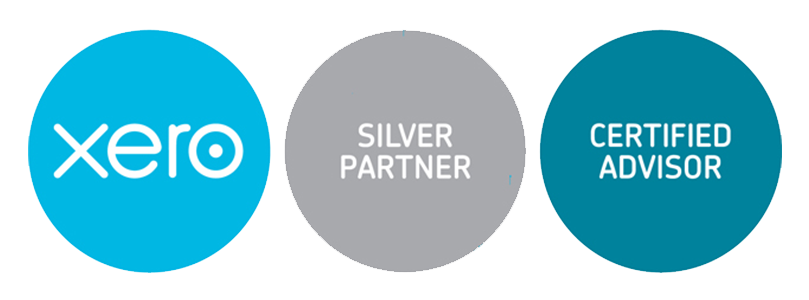JobKeeper
Wage Subsidy
Enrolment Steps
Please see below the enrolment steps for the JobKeeper Wage Subsidy.
We have also included a basic turnover test calculator for those who wish to lodge their claims independently.
JobKeeper for Employers
Enrolment Steps
The ATO has outlined the following steps for enrolment of employers:
Step 1 – Register your interest and subscribe for JobKeeper payment updates.
Step 2 – Check you and your employees meet the eligibility requirements.
Step 3 – Continue to pay at least $1,500 to each eligible employee per JobKeeper fortnight (the first JobKeeper fortnight is the period from 30 March to 12 April).
Step 4 – Notify your eligible employees that you are intending to claim the JobKeeper payment on their behalf and check they aren’t claiming JobKeeper payment through another employer or have nominated through another business.
Step 5 – Send the JobKeeper employee nomination notice to your nominated employees to complete and return to you by the end of April if you plan to claim JobKeeper payment for April. Keep it on file and provide a copy to us.
Step 6 – Enrol with the ATO for the JobKeeper payment using the Business Portal and authenticate with myGovID or we can do this on your behalf. You must do this by the end of April to claim JobKeeper payments for April.
Step 7 – In the online form, provide your bank details and indicate if you are claiming an entitlement based on business participation, for example if you are a sole trader.
Step 8 – Specify the estimated number of employees who will be eligible for the first JobKeeper fortnight (30 March – 12 April) and the second JobKeeper fortnight (13 April – 26 April).
Confirmation Steps (available from 4 May 2020 onwards)
The ATO has outlined the following steps for confirmation by employers:
Step 1 – Apply to claim the JobKeeper payment by logging in to the ATO Business Portal
Step 2 – Ensure you have paid each eligible employee a minimum of $1,500 per JobKeeper fortnight before tax.
Step 3 – Identify your eligible employees in the application form by selecting employee details that are prefilled from your STP pay reports if you report payroll information through an STP enabled payroll solution, or manually entering employee details in ATO online services or the Business Portal if you do not use an STP enabled payroll solution.
Step 4 – Submit the confirmation of your eligible employees online and wait for the confirmation screen.
Step 5 – Notify your eligible employees you have nominated them.
Step 6 – The ATO will pay you the JobKeeper payment for all eligible employees after receiving your application.
Step 7 – Each month, you will need to reconfirm that your reported eligible employees have not changed through the Business Portal. This will ensure you will continue to receive the JobKeeper payments from the ATO. You do not need to retest your reported fall in turnover, but you will need to provide some information as to your current and projected turnover. This will be done in your monthly JobKeeper Declaration report.
Step 8 – If your eligible employees change or leave your employment, you will need to notify the ATO through your monthly JobKeeper Declaration report.
JobKeeper for Self-Employed
Enrolment Steps
The process for self-employed people to claim is as follows:
Step 1 – Confirm your business entity is eligible and has an eligible business participant
Step 2 – Complete the JobKeeper nomination notice for eligible business participant
Step 3 – Enrol for the payment, using the Business Portal. Your entity needs to enrol by the end of April for payments in either the fortnights starting 30 March 2020 or 13 April 2020.
If you require assistance from us to complete your application, please complete the form below:
Once received, you will be provided with an engagement letter (including a cost estimate) for signature before we undertake any of this work.

Bowdler Tax and Accounting provides accounting, compliance, business management and taxation advice that assists clients to manage and grow their business.

